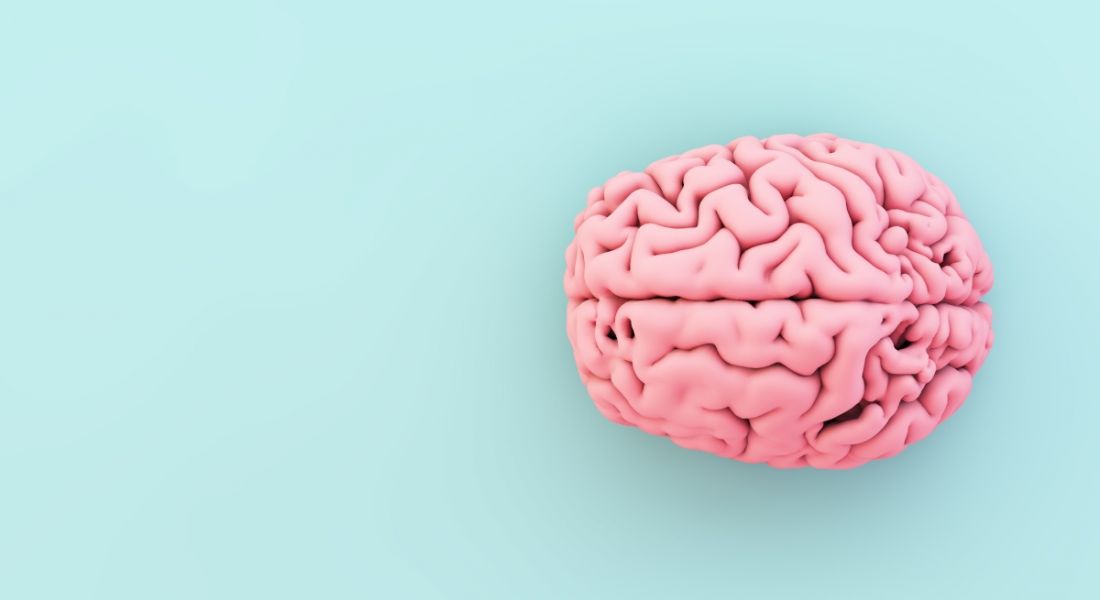Adrienne Gormley, VP of global customer experience and head of EMEA at Dropbox, discusses why we should strive for a ‘smart partnership’ between people and machines.
The futurist Roy Amara famously observed that “we tend to overestimate the effect of technology in the short run and underestimate the effect in the long run”. This certainly also applies to the current debate on the future of work.
The future of work has always been an emotional topic because work forms an important part of our identity. And while it does not seem likely that robots will make us all redundant or that we’ll enter a jobless age, technology will fundamentally change how we work and do business.
With the digital transformation, we’ll have to learn new skills as well as new behaviours. The process will be technological and cultural, so the response will have to be on many levels – individual, organisational and political.
On an individual level, many knowledge workers today feel busy but not productive. The 24-hour workday can lead to a decrease in wellbeing and – more severely – to burnout and stress-related diseases. We cannot expect creativity to spark in a work environment that feels like a 19th century factory.
Technology can help us to collaborate better and more effectively, but we also need to create space for contemplation and be mindful of our coworkers’ – as well as our own – work-life balance.
Moving from efficiency towards creativity
On an organisational level, we need to rethink the nature of business. While companies in the past were organised for efficiency – think of Henry Ford’s assembly lines – successful companies today are organised for creativity and problem-solving.
This requires empowering individuals and teams to create room for experimentation. It also means a smart partnership between machines and humans, where machines are tasked to do the busy work so humans can focus on what we’re best at – innovation and collaboration. We need to combine the superpowers of the human brain and the superpowers of the silicon brain.
This shift in organisational culture is where smart workspace technologies can play an important role as they help to break down organisational silos, increase transparency and knowledge sharing, and create space for internal and external collaboration.
They also provide access to enterprise-level IT security, which is especially important for small and medium-sized companies.
The challenges we face as a society
While it’s relatively easy to predict the types of jobs that may be lost in the digital transformation, it’s harder to predict the types of new jobs that will be created.
Almost half of the employment growth between 1980 and the 2008 recession happened in completely new types of work.
As a society, we certainly want to guard against the potential downside of the digital transformation – thus this focus on inclusion. At the same time, we want to make sure that businesses and individuals can leverage these innovations for future growth.
Companies that successfully unlock the productive potential of smart office technologies are likely to create a lot of value from this process. A large proportion of the workday of knowledge workers – up to 60pc, according to a McKinsey study – consists of ‘unproductive’ work such as searching for information or responding to emails.
Hopefully this research provides you with some inspiration about what you can do to shape how we work in the future – whether you are an individual employee, a manager or a political decision maker.
Adrienne Gormley is VP of global customer experience and head of EMEA at Dropbox. A version of this article previously appeared on the Dropbox Business Blog.




